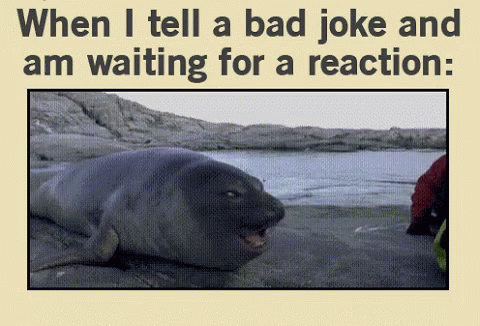I'm a bit late to the party but I think it will still be worthwhile sharing some of my experiences with repair rescues as a fuel rat. The SOP looks really thorough and well considered so I'm not sure I have any recommendations for any changes on that front. What I can do is emphasise some safety issues and the importance of briefing the clients thoroughly before the rescue is attempted.
Unfortunately not all rescues are successful. Even the apparently straightforward cases are not without risks so always be vigilant. Since the client's hull is already damaged, perhaps critically, the last thing you need is for your ships to collide. Always zero your throttle when dropping in on a client's beacon. Sometimes you will find that you drop in very close by. For dispatch it would advisable to check that the client has their shields activated for the rescue wherever possible. Once you are in the instance with the client try to avoid a situation where you are pointing towards their ship, or their ship is pointed towards yours. This can be harder than you think because many clients like to get a good look at their mechanic. Accidental boosting is very commonplace. I realise that this has already been covered in the SOP, but it bears repeating.
Why do "code black" rescues fail? I can tell you a couple of ways that things have gone wrong in the rescues I have attempted previously. One of the rescues was a 110kLy round trip so it was a lesson hard learned.
We thought we had "plenty of time". You never have plenty of time. The sand is flowing through the hourglass faster than you think. Everything seemed to be going to plan and we managed to get the client into the instance in the ring where we were mining the asteroids, but the client didn't manage to scoop the iron and nickel. When we asked them afterwards what the problem was, they said they couldn't find the materials amongst all the mined fragments. In this case the rescue might have been successful if they had been briefed to target the materials by looking at the bottom of the list in the contacts panel and selecting them there.
A second rescue failed because the client didn't allow enough time for the life support synthesis to complete. It's just not worth trying to cut it fine.
Repair rescues can range from being the most simple, casual jobs going, right up to the most risky, complicated affairs. Good communication and coordination between the mechanics, dispatch and the client is essential for the operation to run smoothly. It's not an easy job, but I have faith that all the Cmdrs who have volunteered to be mechanics will do everything in their collective power to keep the fleet moving safely towards its goal.


